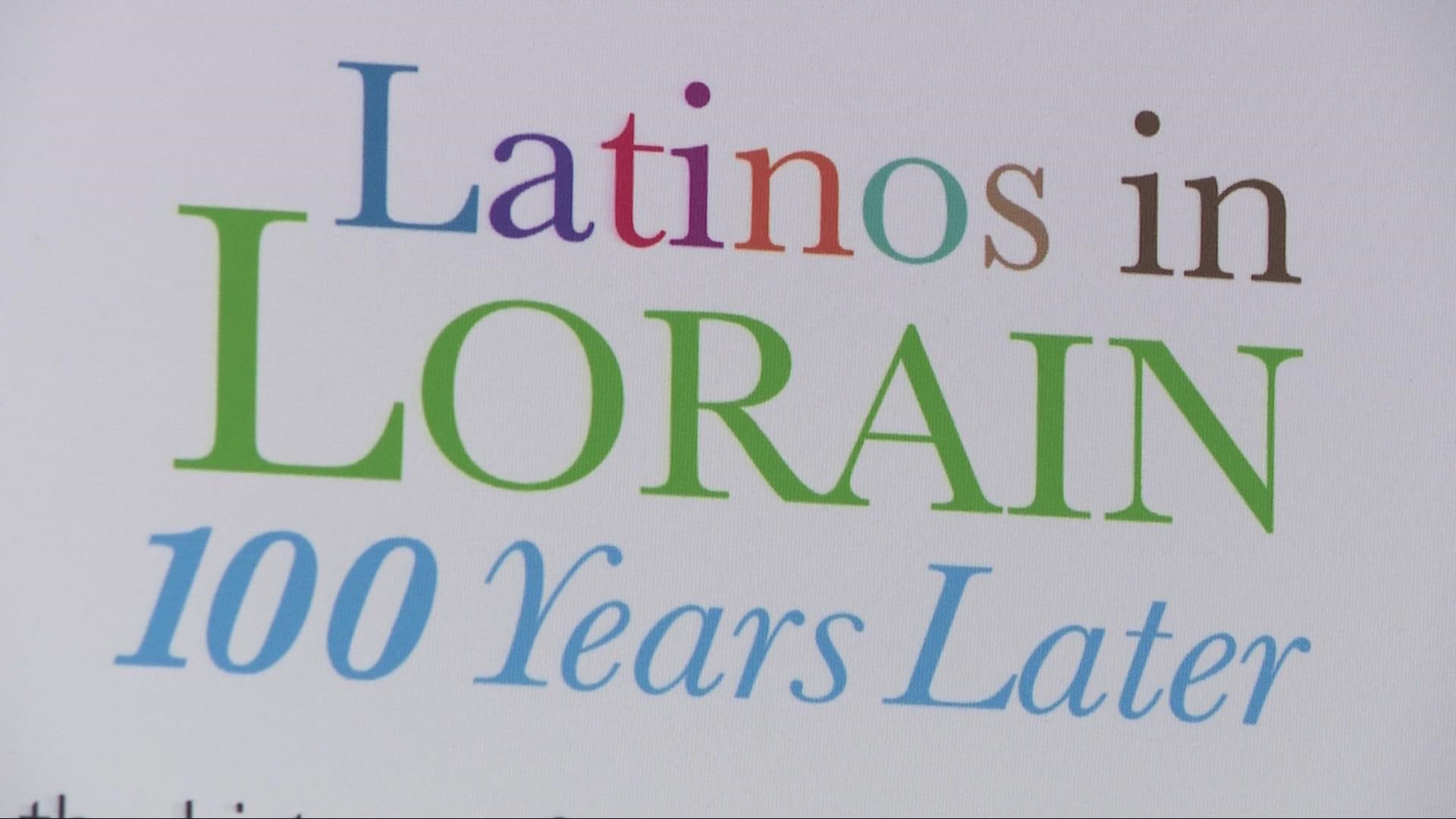LORAIN, Ohio — In the shadow of idle steel plants along the shores of Lake Erie, Lorain's Vine Avenue is itself a shadow of what it once was.
However, when Eileen Torres drives by Vine today, the fond memories come flooding back.
"Vine Avenue was the heart and soul of South Lorain," said Torres, a longtime resident and president of The Hispanic Fund, a non-profit advocacy group.
Vine Avenue is considered the birthplace of Lorain's Latino community more than a century ago.
When Lorain's steel mill recruited thousands of workers from Puerto Rico and Mexico beginning in 1921 right after World War I, their families settled around a four-block area of Vine Avenue and East 30th Street, where they found comfort at Sacred Heart Chapel.
"This was a whole new culture for our parents," recalls Cookie Arroyo, 71, a Lorain native. "They left their families behind, their culture. They left the weather. It was totally different," she said.
By the 1940's Vine Avenue had become a vibrant hub of business, where you could find everything from restaurants, shops, butchers, barbers, tailors, even a casket maker.
"Back then, everything on Vine, you could get anything you wanted," said Joel Arredondo, President of Lorain City Council.
In the center of it all was the Hogar Puertirriqueño, or Puerto Rican Home.
"There was always, dancing, and music, food, and good feelings," recalls Torres. "If you wanted to go somewhere to see and be seen, Vine was the place."
Vine Avenue's rich tapestry of history is now on vivid display in a traveling exhibit called, "Celebrating 100 years of Latino History in Lorain, Ohio." The three-year project by the Lorain Historical Society, Oberlin College and El Centro finally shines a light on a long-ignored part of Lorain's history.
"The rest of our community needs to know that we've been here for a long time, and we have added to the fabric of this community," said Torres.
But today, what was Vine Avenue is no more. The restaurants, dance halls, and shops are long gone after being demolished in the 1960's through a federal program called, Urban Renewal.
"Part of how [the government] did that was by designating certain areas as quote, unquote, blighted," said Dr. Gina Perez, Professor of American Studies at Oberlin College. The impact of these policies are still felt to this day.
"Urban Renewal is sometimes referred to as, "Negro Removal," because it effectively displaced impoverished, working-class, African American and Latino communities from areas that were vibrant, said Perez.
"What happened to Vine? It was obliterated!" exclaimed Torres.
"That whole family atmosphere to me, was destroyed when Urban Renewal came in, because a lot of people had to be displaced," recalled Arredondo.
Arroyo added, "We were all moved away. We moved, like, two blocks away, my neighbors moved three miles away."
"Anytime I drive by Vine now, I think, 'What if?'" said Torres, wondering what the area would be like today if the vibrant district had not be dismantled.
However, two generations later the Latino community is growing in Lorain, now making up approximately 30-percent of the city's population.
Puerto Ricans like Jacqueline Gonzalez Velez, whose family owns Gonzalez Grocery on Lexington Avenue, said it's important to hold onto her family's history and culture.
"That is what identifies us. That is what makes us. That is my foundation DNA," said Velez.
That is, understanding who we are -- starts with where we've been.
The Latino Lorain History Project's exhibit is currently on display through the month of October at the Lorain County Community College Stocker Center, or you can view it anytime, here.
Related Stories:

